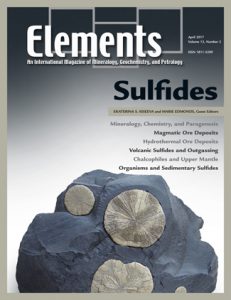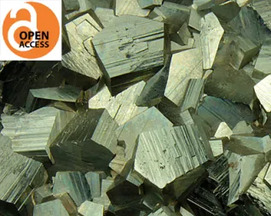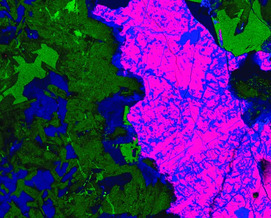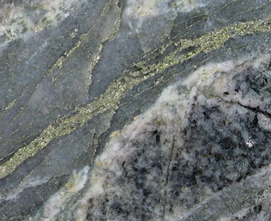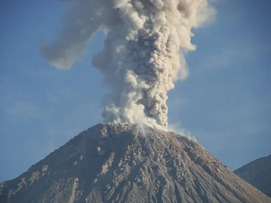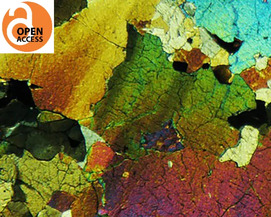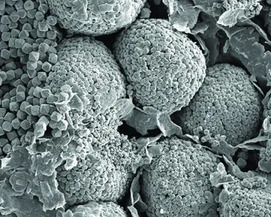
Sulfides
Ekaterina S. Kiseeva and Marie Edmonds – Guest Editors
Table of Contents
Despite the bulk silicate Earth only containing 250 parts per million of sulfur, sulfide minerals and liquids have a powerful impact on the behavior and fractionation of a wide range of elements in the Earth’s crust and underlying mantle. This issue focuses on the broad topics of magmatic and volcanogenic sulfide deposits, the behavior of sulfides during mantle melting and volcanism, and the mineralogy of sulfides and sedimentary sulfides and their role in the early development of the biosphere.
Analab
Australian Scientific Instruments (ASI)
CAMECA
Dr. Eduard Gueblin Association
Elemental Scientific, Inc.
Excalibur Mineral Corporation
Gemological Institute of America
International Mineralogical Association
IsotopX
ProtoXRD
Rigaku
Savillex
Selfrag
Volume 13, Number 3 (June) • Rock Coatings
GUEST EDITORS: Michael Schindler and Ronald Dorn
Chemical and/or biological processes can produce coatings on the surfaces of rocks and minerals. These coatings form at the interface between the lithosphere, biosphere, and atmosphere in a diverse range of environments, such as common soils, deserts, volcanic weathering environments, smelter-impacted areas, Antarctica and glaciated environments, and have even been found on Mars. Coatings on rocks and minerals can range from the nano- to the centimeter scale and are information packed on different scales. They provide fascinating records of the biological, geochemical, and environmental conditions present during coating development. Through the study of these coatings, scientists are uncovering important details about climate and environmental changes, temperature variations in the world’s oceans, and so much more. This issue will introduce the reader to how these coatings form, how they react with their environment, and a few of the fascinating records that can be deciphered from them.
- How Volcanoes Work (February 2017)
- Sulfides (April 2017)
- Rock and Mineral Coatings: Records of Climate Change, Pollution, and Life (June 2017)
- Boron: Light and Lively (August 2017)
- Mineral Resources and Sustainable Development (October 2017)
- Layered Intrusions: Natural Laboratories for Magma Chamber Processes (December 2017)


